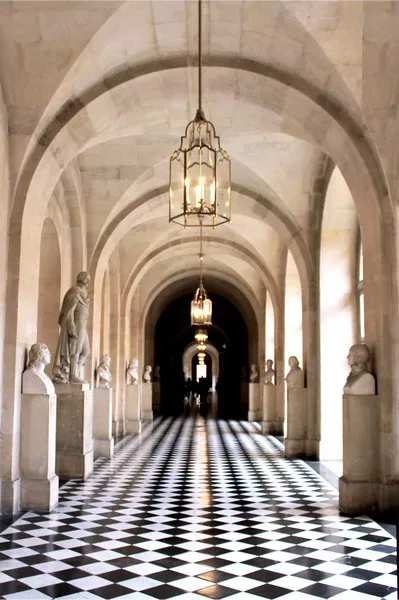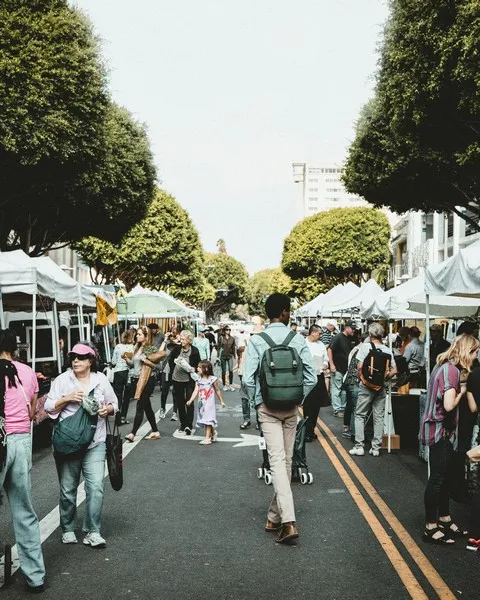Table of Contents
- Theoretical Frameworks
- Manifestations of Cultural Social Exclusion
- Consequences of Cultural Social Exclusion
- Strategies for Mitigating Cultural Social Exclusion
- Conclusion
Cultural social exclusion is a multifaceted phenomenon that has significant implications for individuals and groups within society. It refers to the processes through which certain groups are systematically disadvantaged and marginalized based on cultural attributes such as ethnicity, language, religion, and lifestyle. Unlike economic exclusion, which primarily concerns access to material resources, cultural social exclusion deals with the symbolic and social dimensions of marginalization. This essay will explore the concept of cultural social exclusion, its theoretical underpinnings, manifestations in various contexts, and potential strategies for mitigation.
Theoretical Frameworks
Understanding Social Exclusion
Social exclusion is a broad concept that encompasses various forms of disadvantage and deprivation. It goes beyond mere poverty to include the inability of individuals or groups to participate fully in the economic, social, and political life of their societies. According to Amartya Sen (2000), social exclusion can be understood as the failure of society to extend the rights and opportunities necessary for individuals to lead a dignified life. This concept is particularly relevant in the context of cultural social exclusion, where the focus is on exclusionary practices based on cultural markers.
Cultural Capital and Social Exclusion
Pierre Bourdieu’s theory of cultural capital provides a useful framework for understanding cultural social exclusion. Bourdieu (1986) argued that cultural capital, which includes education, language, tastes, and lifestyle, plays a crucial role in social stratification. Cultural capital can be institutionalized (e.g., academic qualifications), embodied (e.g., mannerisms, language), or objectified (e.g., books, artworks). Individuals and groups with high cultural capital often enjoy social privileges and recognition, while those with low cultural capital face exclusion and marginalization. This theory highlights how cultural attributes are used to maintain social hierarchies and perpetuate exclusion.
Intersectionality and Cultural Exclusion
Intersectionality, a concept developed by Kimberlé Crenshaw (1989), is essential for understanding the complexities of cultural social exclusion. It emphasizes the interconnectedness of various forms of oppression, such as race, gender, class, and ethnicity. Intersectionality posits that individuals experience multiple and overlapping forms of discrimination, which compound their exclusion. For instance, an ethnic minority woman may face exclusion not only due to her ethnicity but also due to her gender and socioeconomic status. This framework is crucial for analyzing how different axes of identity intersect to produce unique experiences of cultural social exclusion.
Manifestations of Cultural Social Exclusion
Ethnic and Racial Exclusion
Ethnic and racial exclusion is one of the most visible forms of cultural social exclusion. It involves the marginalization of individuals based on their ethnicity or race, often resulting in limited access to education, employment, healthcare, and political participation. In many societies, ethnic minorities are subjected to systemic discrimination and prejudice, which reinforces their exclusion. For example, in the United States, African Americans and Hispanic communities often face significant barriers to social mobility and integration. This exclusion is perpetuated through practices such as racial profiling, residential segregation, and discriminatory hiring practices.
Linguistic Exclusion
Linguistic exclusion refers to the marginalization of individuals based on their language or dialect. Language is a powerful cultural marker that can either facilitate or hinder social inclusion. In multilingual societies, speakers of minority languages often face exclusion in educational, professional, and public spheres. For instance, in many countries, proficiency in the dominant language is a prerequisite for access to quality education and employment opportunities. This creates a significant barrier for speakers of minority languages, who may struggle to attain linguistic proficiency due to lack of resources or institutional support. Linguistic exclusion can also manifest in social interactions, where individuals with non-dominant accents or dialects are stigmatized and marginalized.
Religious Exclusion
Religious exclusion involves the marginalization of individuals based on their religious beliefs and practices. In many societies, religious minorities face discrimination and exclusion in various aspects of life, including education, employment, and political participation. This exclusion is often rooted in historical prejudices and societal norms that privilege certain religions over others. For example, in some countries, religious minorities such as Muslims, Jews, and Hindus face systemic discrimination and are often targets of hate crimes and social ostracism. Religious exclusion not only affects individuals‘ ability to practice their faith freely but also impacts their overall social integration and well-being.
Lifestyle and Subcultural Exclusion
Lifestyle and subcultural exclusion refer to the marginalization of individuals based on their lifestyle choices or subcultural affiliations. This form of exclusion is often seen in the marginalization of groups such as LGBTQ+ communities, alternative subcultures (e.g., punk, goth), and those with unconventional lifestyles (e.g., non-traditional family structures). These groups often face social stigma, discrimination, and exclusion from mainstream society. For instance, LGBTQ+ individuals may face exclusion in the form of legal discrimination, social ostracism, and limited access to healthcare and other services. Similarly, members of alternative subcultures may face exclusion due to societal prejudices and norms that devalue their cultural practices and identities.
Consequences of Cultural Social Exclusion
Get the full article AD FREE. Join now for full access to all premium articles.
View Plans & Subscribe Already a member? Log in.





